Discover 11 hidden attractions, cool sights, and unusual things to do in Chengdu (China). Don't miss out on these must-see attractions: Chengdu Research Base of Giant Panda Breeding, Du Fu Thatched Cottage, and Jinsha site. Also, be sure to include Tomb of Wang Jian in your itinerary.
Below, you can find the list of the most amazing places you should visit in Chengdu (Sichuan).
Table of Contents
Chengdu Research Base of Giant Panda Breeding
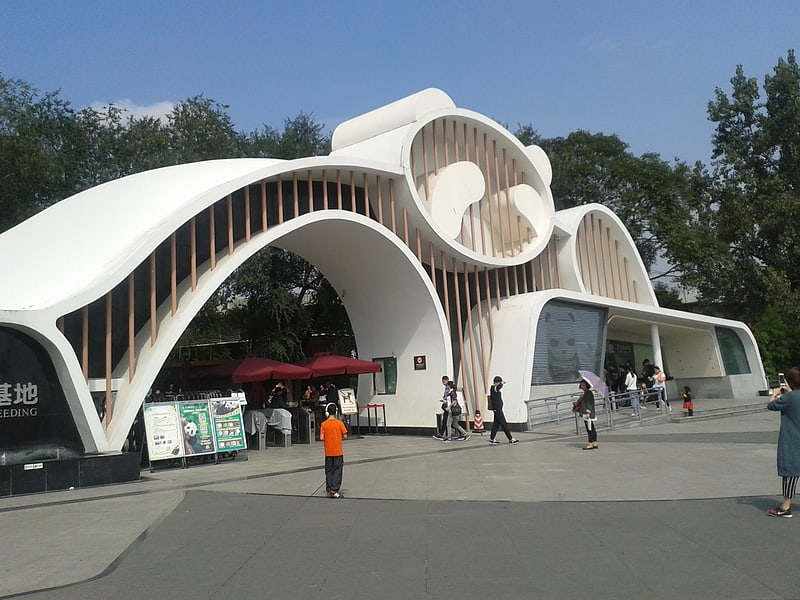
Also known as: 成都大熊猫繁育研究基地
Tourist attraction in Chengdu, China. Chengdu Research Base of Giant Panda Breeding, or simply Chengdu Panda Base, is a non-profit research and breeding facility for giant pandas and other rare animals. It is located in Chengdu, Sichuan, China.
Chengdu Panda Base was founded in 1987. It started with 6 giant pandas that were rescued from the wild. By 2008, it had 124 panda births, and the captive panda population has grown to 83.
Its stated goal is to "be a world-class research facility, conservation education center, and international educational tourism destination."[1]
Du Fu Thatched Cottage

Also known as: 杜甫草堂
Former residence of Tang Dynasty poet. Du Fu Thatched Cottage is a 24-acre park and museum in honour of the Tang dynasty poet Du Fu at the western outskirts of Chengdu, adjacent to the Huanhua Xi. In 1961 the Chinese government made the cottage a National Heritage site.[2]
Jinsha site
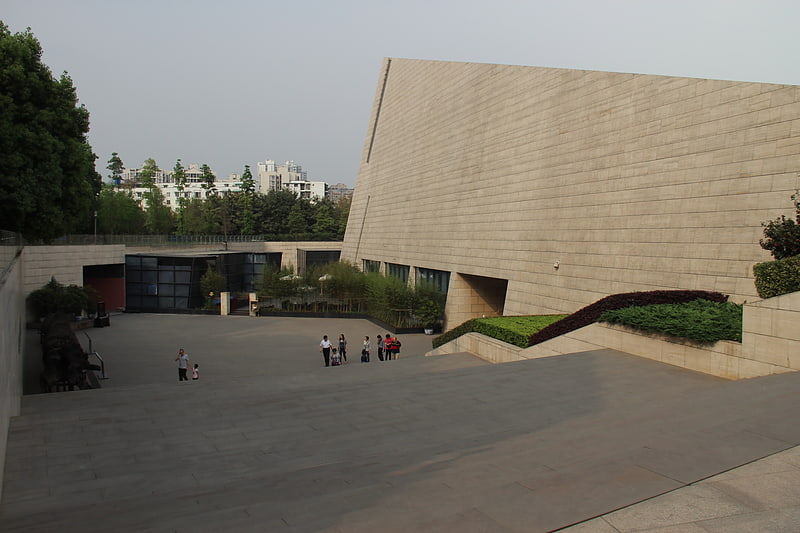
Also known as: 金沙遗址
Jinsha is a Chinese archaeological site located in the Qingyang District of Chengdu, the capital of China's Sichuan Province. Along with Sanxingdui, the site is the first major discovery in China during the 21st century. It is listed on the UNESCO World Cultural Heritage Tentative List and Major Sites Protected at the National Level. The Chinese Internet Information Centre ranked Jinsha 5th on the Top 10 Archaeological Discoveries in 2001.
In 2007, the Jinsha Museum was constructed to display the artefacts and features found. This includes the gold sunbird, smiling gold mask and the kneeling stone figures. The gold sunbird artefact is a national symbol of China according to the State Administration of Cultural Heritage. Jinsha is organised into different archaeological localities such as Mei Yuan, Lan Yuan and Tiyu Gongyuan.
After the decline of Sanxingdui, Jinsha emerged as the capital of the Shu state in the Shang or Western Zhou dynasty. It disappeared between 500BCE to 200BCE due to political revolution, earthquakes and or flooding.
In 2013, History Channel Asia produced a one-hour English language documentary called The Lost City at Jinsha. It was co-produced with China International Communication Centre (CICC). Dr Agnes Hsu, a Chinese American archaeologist, hosted the episode. The episode is part of the documentary series called 'Mysteries of China'.[3]
Tomb of Wang Jian

Tourist attraction in Chengdu, China. The Yongling Mausoleum, commonly known as the tomb of Wang Jian, is the burial place of Wang Jian, the founding emperor of Former Shu. It is located at 10 Yongling Road, Jinniu District, Chengdu, Sichuan, China.
In the Later Tang dynasty (923–937), Emperor Meng Zhixiang issued a decree to protect the tomb. However, the auxiliary buildings of the site decayed from the Northern Song dynasty (960-1127) on. Only the grave mound and the coffin chamber survive. It was excavated between 1940 and 1943 by the archaeologist Feng Hanji and others and confirmed as Wang Jian's tomb. A number of cultural relics were found, which were transferred to Sichuan Museum. It has twice been listed as a cultural relics protection site in Sichuan Province. In 2001 a tomb passage was rebuilt in the style of other Tang dynasty imperial mausoleums.[4]
Statue of Mao Zedong
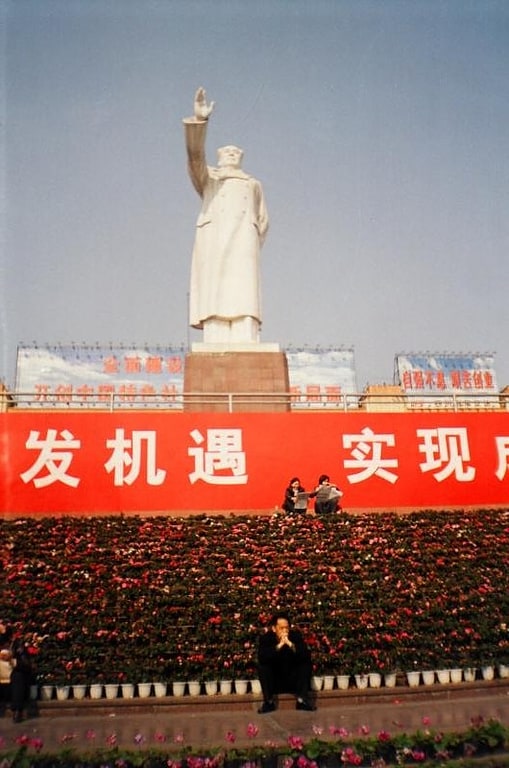
Also known as: 毛泽东雕像
Sculpture. The Mao Zedong Statue is a marble sculpture located in Tianfu Square, Chengdu, Sichuan, China. The monument stands 30 m tall and depicts Mao Zedong with an outstretched arm. Before 1967, the site was occupied by an ancient palace from the Shu Kingdom of ancient Sichuan. The palace was destroyed by Red Guards and the moat around it filled in to make an air raid shelter in 1967.[5]
Address: on the Tianfu Square, Qingyang District, 610015 Chengdu
Chengdu Sports Centre
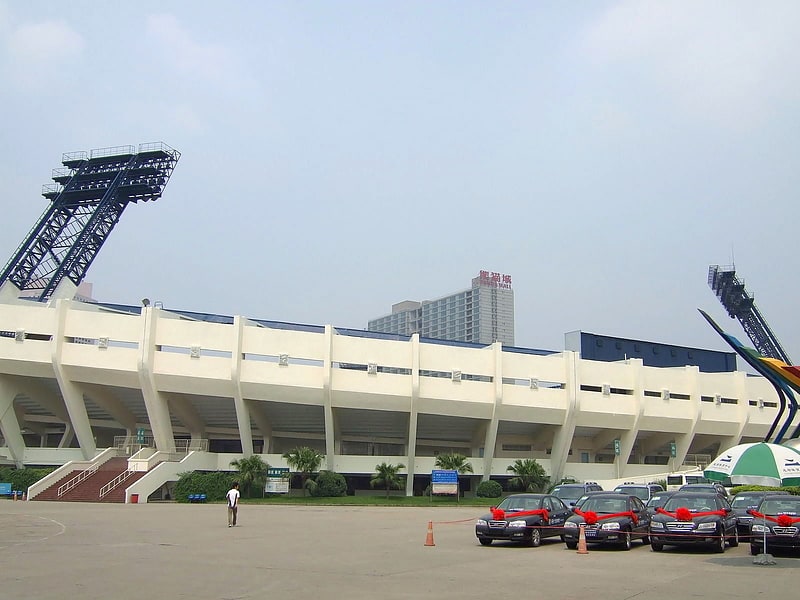
Also known as: 成都市体育中心
Sports complex in Chengdu, China. The Chengdu Sports Center or Sichuan Provincial Sports Center is a sports complex with a multiuse stadium in Chengdu, China which is used mostly for soccer matches.
The stadium holds 39,225 and opened on 28 December 1991; it was the home of the Chengdu Blades, a soccer club in China League One, the second tier of the Chinese soccer pyramid.
It was one of the venues for the group stages of the 2007 FIFA Women's World Cup. It hosted six games in total.
The stadium has also held concerts. Past events include Canadian singer Avril Lavigne's Best Damn Tour on September 30, 2008, marking the first time an Western artist performed at the stadium, and also K-pop boy group Big Bang's Made World Tour on August 14, 2015 in front of 30,000 fans. Mariah Carey played The Elusive Chanteuse Show Tour at October 12, 2014.
It will be used for the opening and closing ceremonies of the 2019 World Police and Fire Games.[6]
Address: No.11 Sec.1 Middle Renmin Street, Qingyang District, 610015 Chengdu
Anshun Bridge
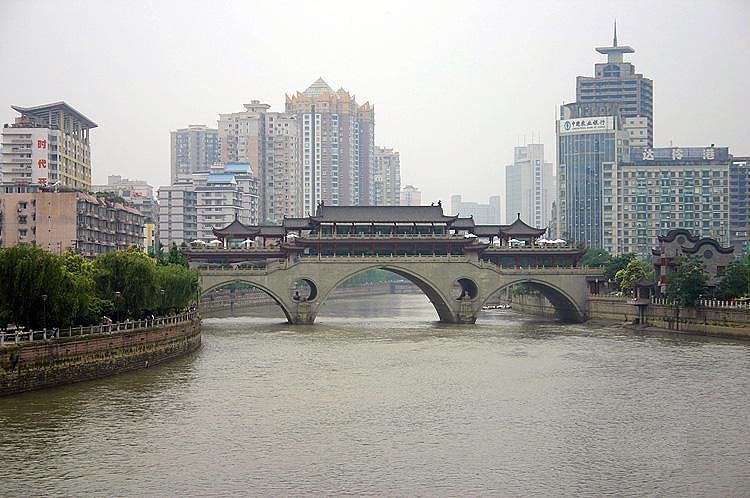
Arch bridge in Chengdu, China. The Anshun Bridge is a bridge in the provincial capital of Chengdu in Sichuan, China. It crosses the Jin River. The covered bridge contains a relatively large restaurant and is a popular eating location in the city.[7]
Wenshu Temple
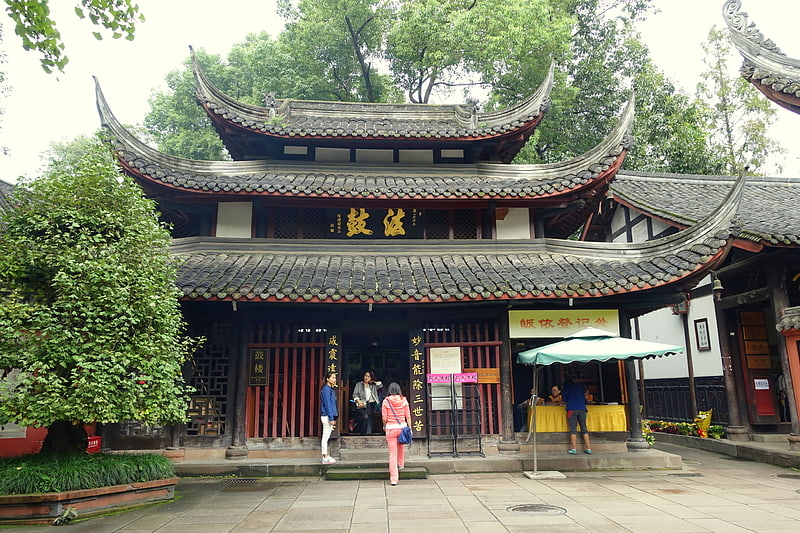
Temple in Chengdu, China. Wenshu Temple or Wenshu Monastery is a Buddhist temple located in Qingyang District, Chengdu, Sichuan, China.[8]
West Pearl Tower
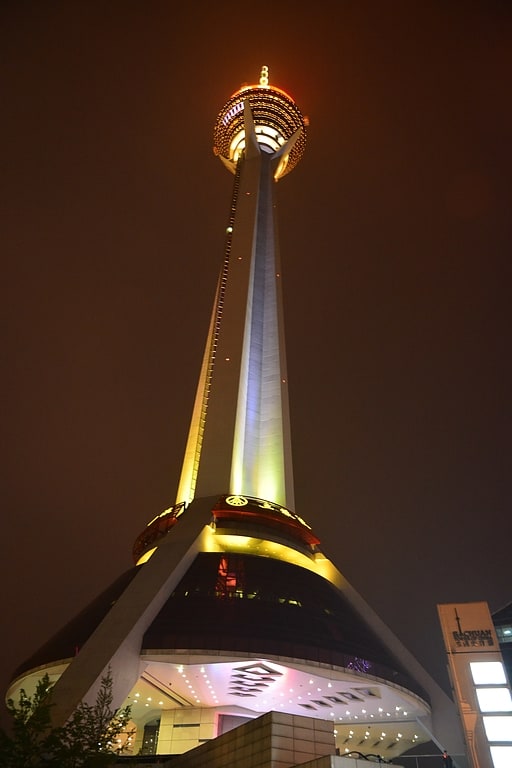
Also known as: 四川广播电视塔
Modern TV tower offering city views. West Pearl Tower is a 339-metre-high tower built of reinforced concrete located in Chengdu, Sichuan Province, China. West Pearl Tower started construction in 1992 but construction was halted later in the year due to budgeting problems. Construction restarted in 1998 and was completed in 2004. It was mainly built to help TV networks across Chengdu but since then it has expanded to include a revolving restaurant with a 360 degree view of the city, and a recreational and commercial mall for Chengdu.[9]
Address: 96 Mengzhuiwan St., Chengdu
Sichuan Science and Technology Museum
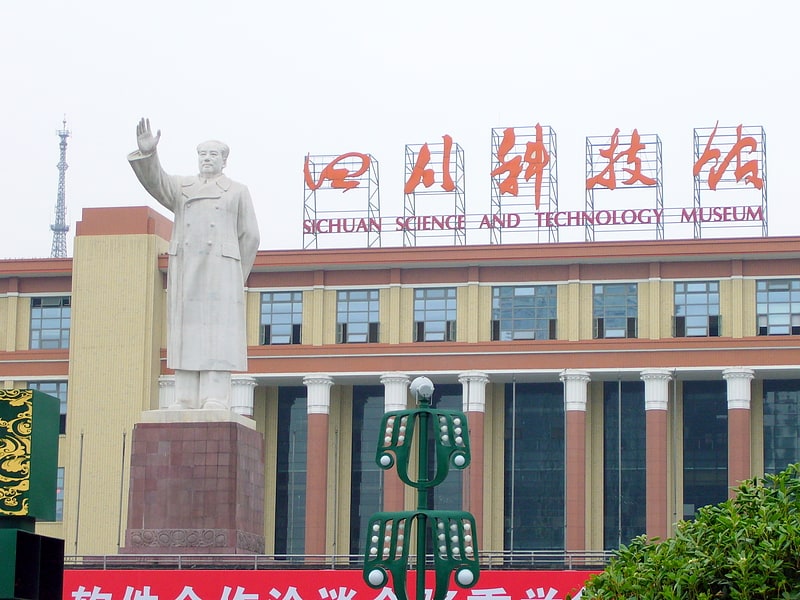
Also known as: 四川科技馆
Museum in Chengdu, China. Sichuan Science and Technology Museum is a museum about science and technology in Sichuan. It was the Sichuan Provincial Exhibition Hall until 2006. The museum includes airplanes, flying saucers, 3D movies, robots and interactive model rockets.[10]
Zhaojue Temple
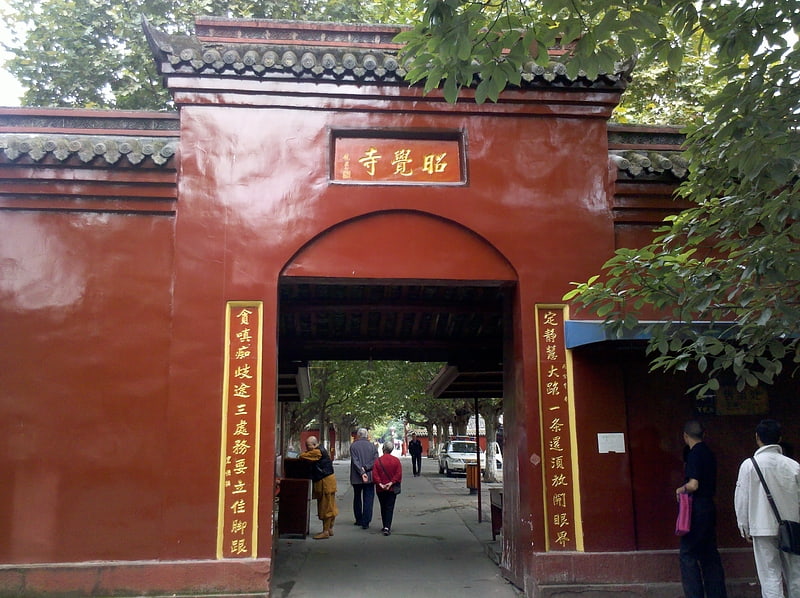
Zhaojue Temple is a Buddhist temple located in Chenghua District of Chengdu, Sichuan, China. Zhaojue Temple has been burned down and rebuilt several times, due to the natural disasters and wars, the modern temple was completed in 1984.[11]